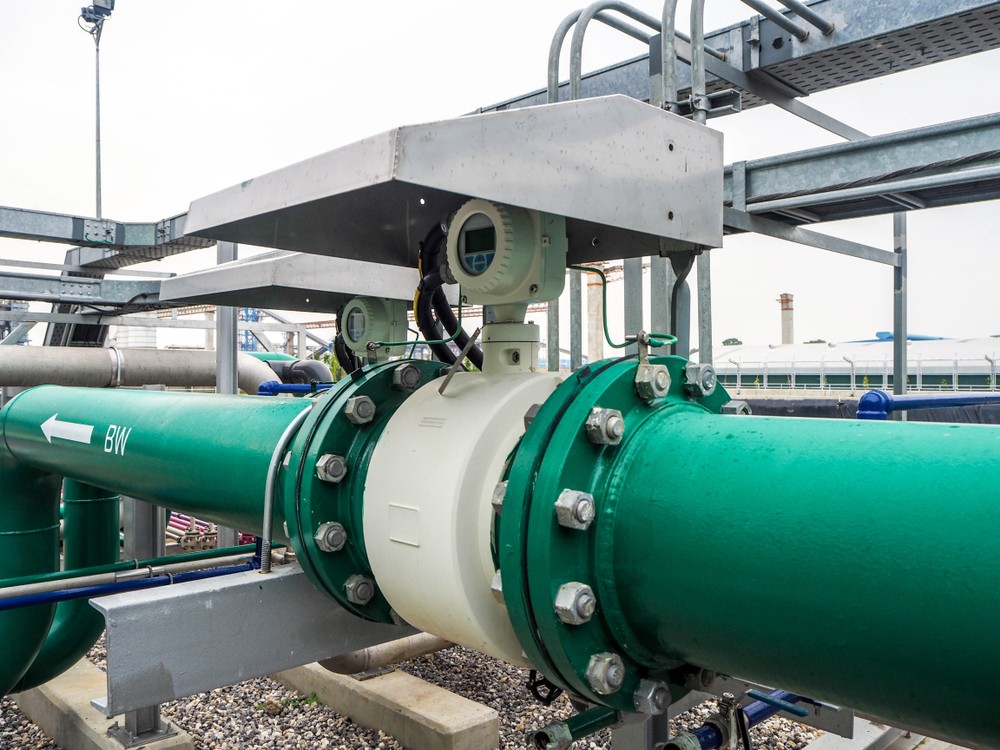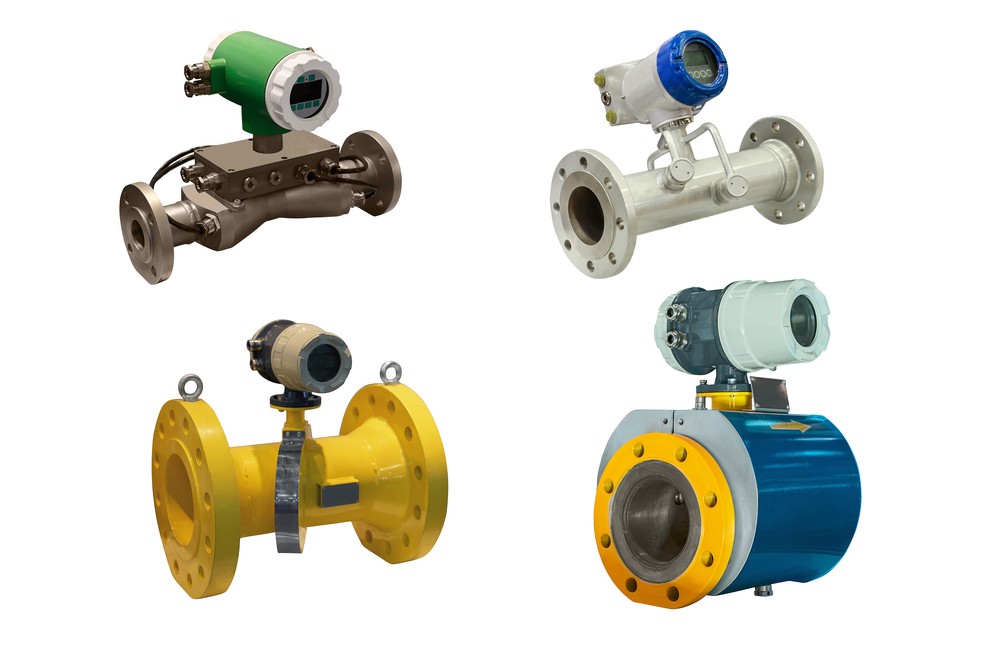Best Practices in Maintaining Electromagnetic Flow Meters

Anywhere there’s liquid moving through pipes at a controlled rate, there’s electromagnetic flow meters — also called mag flow meters. Water treatment facilities, chemical plants, slurry processing stations, refineries, and a multitude of other industrial applications rely on mag flow meters as part of their critical operations. And, like any other important part of the materials handling process, these meters are subject to stringent inspection, maintenance, and repair standards.
A quick refresher on mag meters
Electromagnetic meters use magnets and electrodes to measure flow rates via Faraday’s Law of Induction. In a nutshell, mag meters measure flow rates using the equation E = V x B x D. Signal voltage (E) is the average liquid velocity (V), multiplied by the magnetic field strength (B), multiplied by the length of the conductor (D) or distance between the electrodes in a mag meter.
Mag meters are actually incredibly accurate, with accuracies within half a percent of actual flow rates over an acceptable flow range. But, they’re only accurate if they’re maintained, which involves careful installation and routine oversight.

Mag meter maintenance
Maintenance for electromagnetic meters is quite simple — provided the initial installation of the meter is accurate and the integrity of the greater system is maintained. For example, pressure loss in an area of plumbing will lead to issues of flow meter accuracy, as will cavitation. In terms of specific flow meter maintenance, be sure to practice the following:
- Use flow sensors specific to or compatible with the liquids you’re measuring. Different mag meters will have different electrode distances (i.e., length of conductor) specific to more or less viscous liquids. This could impact readings significantly.
- Orient mag meters for upstream or downstream flow measuring, at an upward or downward angle. Horizontally level installations can result in consistency problems as the meter tries to get an accurate reading during flows and surges.
- Isolate wiring from other circuits to avoid interference, which can disrupt flow monitoring and sensor readings.
- When insulating, don’t cover the coil housing or electronics. This can cause overheating, which may short the device.
- Verify calibrations in consistent intervals. Also, be sure to designate a unique calibration number for each coil drive frequency for sensors capable of driving the magnetic coils at multiple frequencies.
- Perform meter verifications as mandated by OEM maintenance specifications.
It’s a good idea to verify flows against constants, to ensure the mag meter is reading properly and to avoid two-phase conditions.
Done right, mag meter maintenance is very simple and straightforward. Best of all, so long as the hydraulic circuit they’re metering is in good standing, mag meters are relatively self-reliant. Simple checks and calibrations, along with a proper install out of the gate, are often enough to keep an electromagnetic flow meter up and running for years without issue.